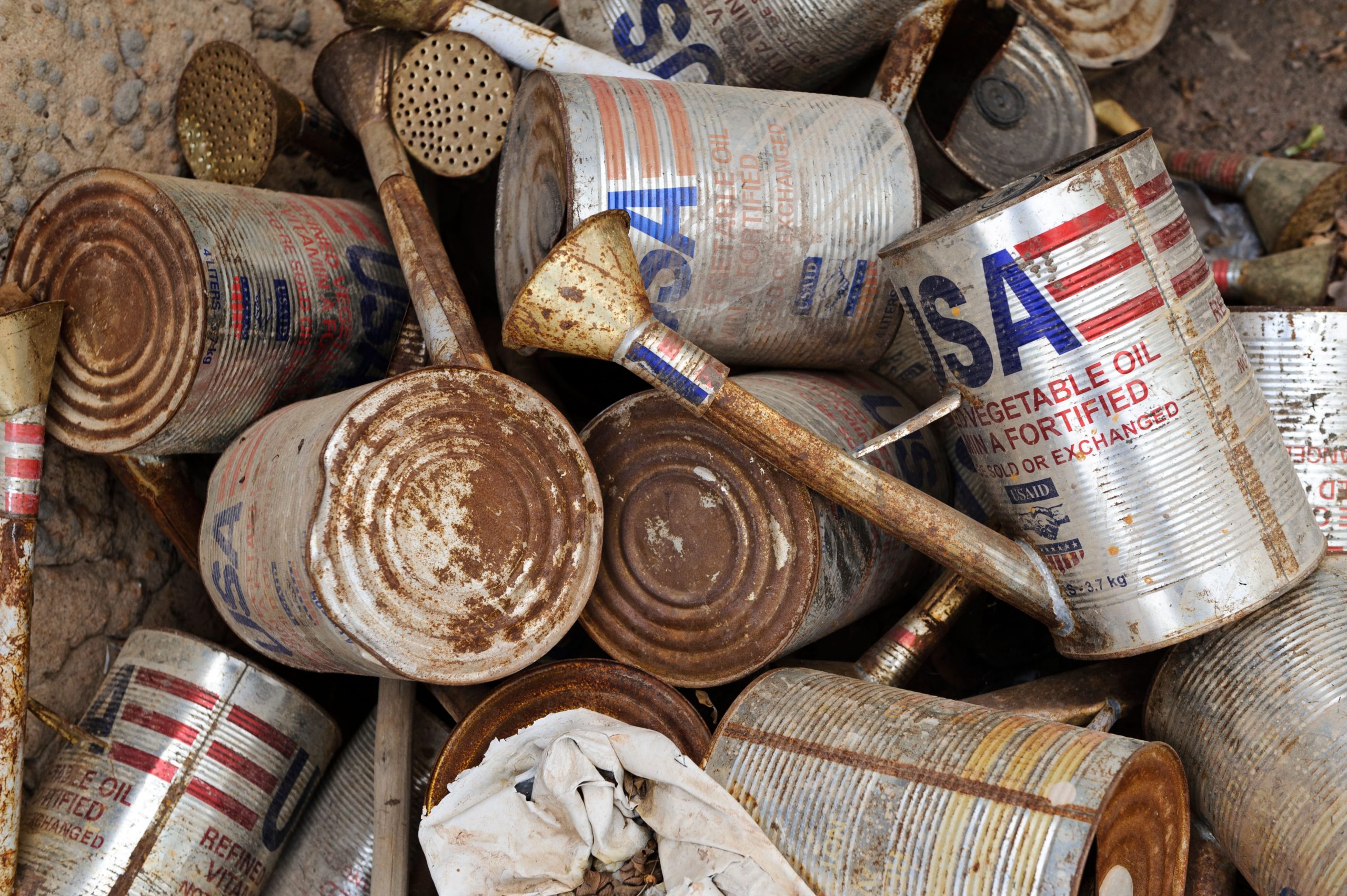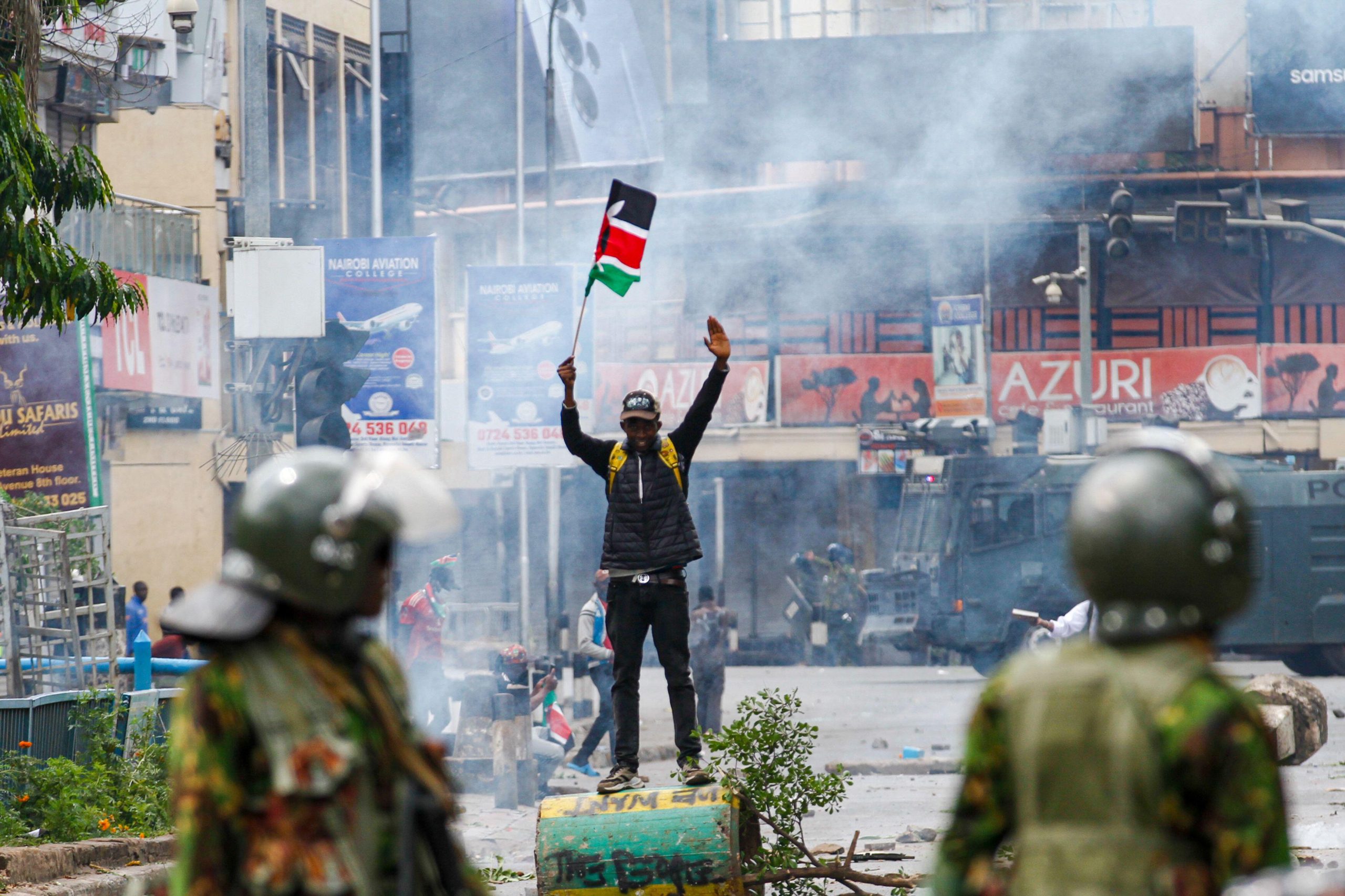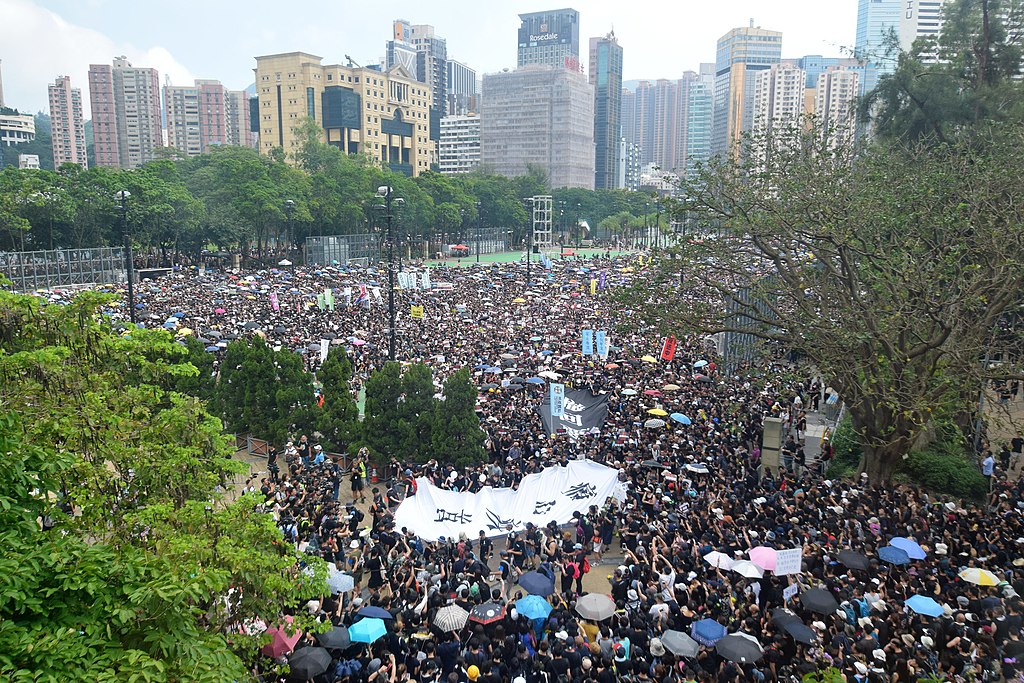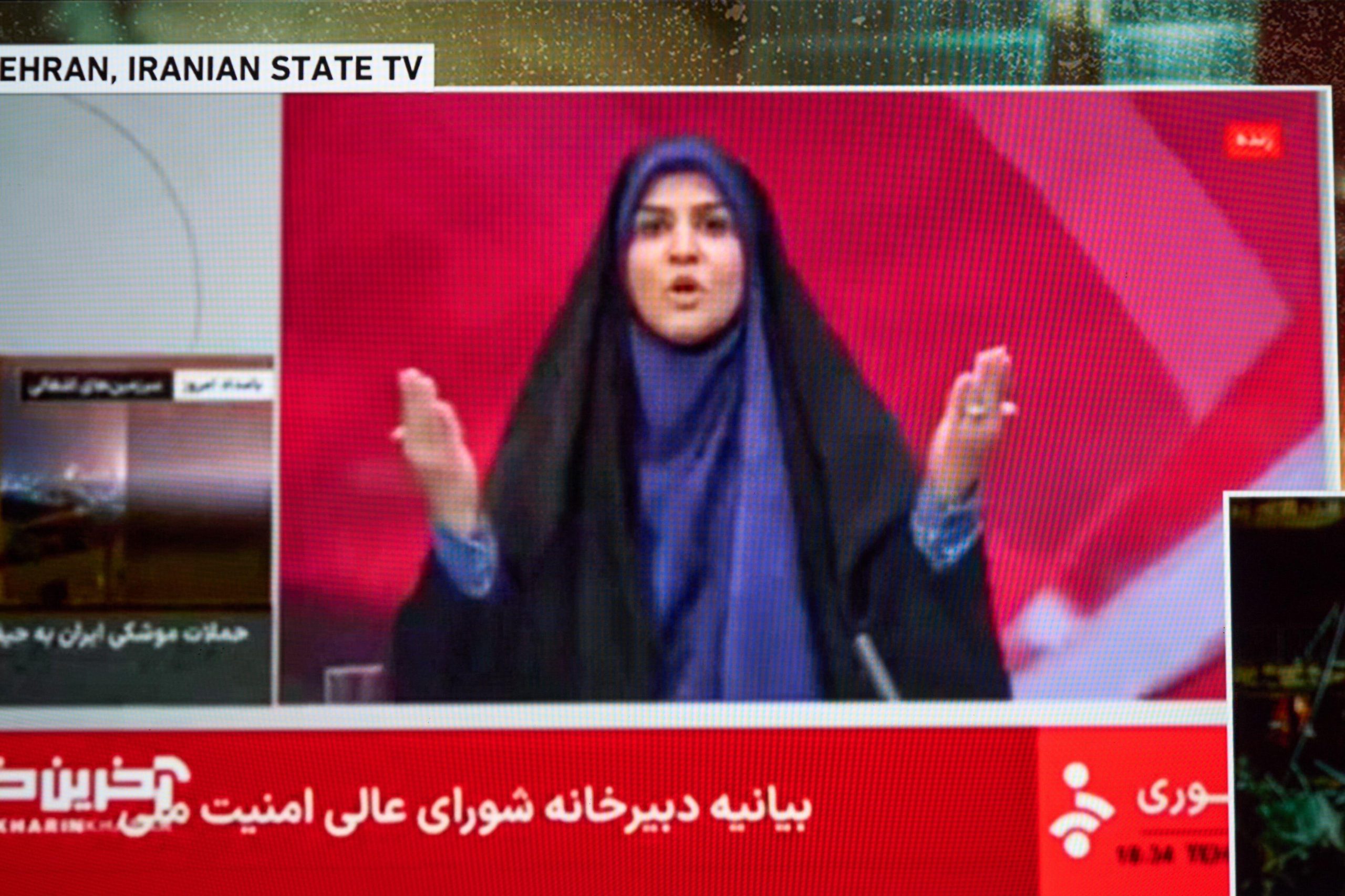This year, Massoud Hossaini became the first individual Afghan journalist to win a Pulitzer Prize. Hossaini’s photograph — a little girl crying in a bright green dress covered in the blood of the bodies surrounding her — also made him the first journalist to win a Pulitzer for the Agence France-Press news agency in its 177-year existence.
For Afghan journalists, the success of Hossaini’s photographs from a December 2011 attack on Kabul’s most important Shia shrine is indicative of the state of post-Taliban media in Afghanistan.
After 30 years of war and six years of a Taliban-imposed media blackout, to the Afghans working for foreign and domestic outlets the awards Hossaini’s photographs have received show the gains Afghan journalists have made in the last 10 years. But Hossani’s images from one of the bloodiest attacks in the capital in the decade since the US invasion also highlight the fragility of those gains.
Akmal Dawi, a journalist who splits his time between Afghanistan and Virginia, says Afghan journalists fill an important role in media coverage of the embattled nation. He believes the stories of the actual people have “been lost” among what he sees as politicised coverage of the ongoing conflict.
Hossaini aims to show the world events on the ground as an Afghan would view them. “People forget that most of the victims of these attacks are women and children. There is nothing political about them, but they are dying,” Hossaini says of the 56 people whose deaths in the 7 December attack were part of the record 3,021 civilian casualties in 2011.
Despite their efforts, the majority of Afghan journalists reporting internationally still face challenges in promoting local angles to stories reported by foreign outlets. Dawi, who reported for the BBC World Service after the fall of the Taliban, says the media coverage is “almost entirely shaped by the foreign journalists” who cover the country’s situation with the interests of foreign audiences in mind.
Mustafa Kazemi, a Kabul-based freelance journalist who has worked with several foreign media outlets — including the Deutsche Presse-Agentur and Sky News — puts it more simply:
Afghan journalists are not in a decision-making position in foreign outlets. A small percentage enjoy this freedom.
As with every war zone, coverage of a nation of 30 million focuses on the war, says Lotfullah Najafizada, Head of Current Affairs, for TOLO News, the nation’s first 24-hour news channel.
The reportage by a few prominent, highly-connected outlets has led to a situation where anything that does not go with the “flow of news” is cast off by foreign reporters, who rely on the majority of locals only for translation and fact-finding, says Dawi.
Dawi says this “superficial reporting” has had a particular impact in the US, where coverage of the central-Asian nation has never exceeded five per cent since the Pew Research Center began weekly monitoring in 2007.
Though Dawi says that he is “not interested in Afghanistan being top news”, the content of what does get covered by foreign outlets has ripple effects at home and abroad.
In Afghanistan, Najafizada, who works for the nation’s most popular television station, says local media is inspired and impacted by the big names in foreign media.
In an effort to counter the tendency to look towards established foreign outlets for inspiration, Najafizada has placed a strong emphasis on investigative reporting in the country.
By forming a team of journalists who were given a week to expose corruption within the Afghan parliament, Tolo TV’s popular 6:30 report was recently able to expose bank statements of several leading MPs who were receiving money from unknown sources.
Such reports have not been without their dangers. According to Nai Supporting Open Media in Afghanistan, there was a 38 per cent increase in violence against media workers in 2011, including three deaths, six injuries, two detentions, and 33 instances of assault. The majority of the threats, say the journalists, come from political officials within the Western-backed Karzai government.
Kazemi says on many occasions he too has had to question the effects of publishing information that may impact the reputation of a public figure. He says:
I was confident that if I write this story and publish it, I will have black-filmed Land Cruisers with no number plates follow me.
In 2009, New York-based rights group Human Rights Watch called on the Afghan president to pardon Parwez Kambakhsh, a student and part-time journalist for the daily Jahan-e-Naw, New World, at Balkh University.
Kambakhsh’s original death sentence on charges of blasphemy was commuted to 20 years in prison, but it took international pressure for President Hamid Karzai to grant Kambakhsh “amnesty” nearly a year after a high court found him guilty of “blasphemy and distribution of texts defamatory of Islam” for allegedly distributing writings critical of the treatment of women under Islamic law.
According to the journalists, the real test for Afghan media, much like other aspects of Afghan society, will come after December 2014, when international forces are expected to pull out of the country. With that year fast approaching, Najafizada says the international community must make serious investments in the Afghan media, which he cites as “one of the greatest successes of post-9/11 Afghanistan”.
Without a stable economy, Najifazada sees a bleak future for independent media in the country:
I’m pretty much pessimistic of media growth dependent on foreign aid and media outlets (…) Media organisations [in Afghanistan] are fragile, and are likely to die as soon as the foreign money dries up.
Sardar Ahmad, whose Kabul Pressistan employs 15 Afghan journalists, shares a similar fear for the state of post-Taliban media after the withdrawal of foreign forces.
“We are already required to work harder just to survive [as it is],” says Ahmad, who fears the impact of further financial and political constraints on local reporting will have the work of an Afghan-founded and Afghan-run media house like Kabul Pressistan.
Without foreign funding and oversight, Hossaini and other Afghan journalists fear the human side to the country’s story will not be conveyed to the world.
Ali M Latifi is a Kabul-born, California-raised journalist based in Doha, Qatar. He has written for Al Jazeera English, Campus Progress, New America Media, and TBD.com. Follow him on Twitter: @alibomaye






